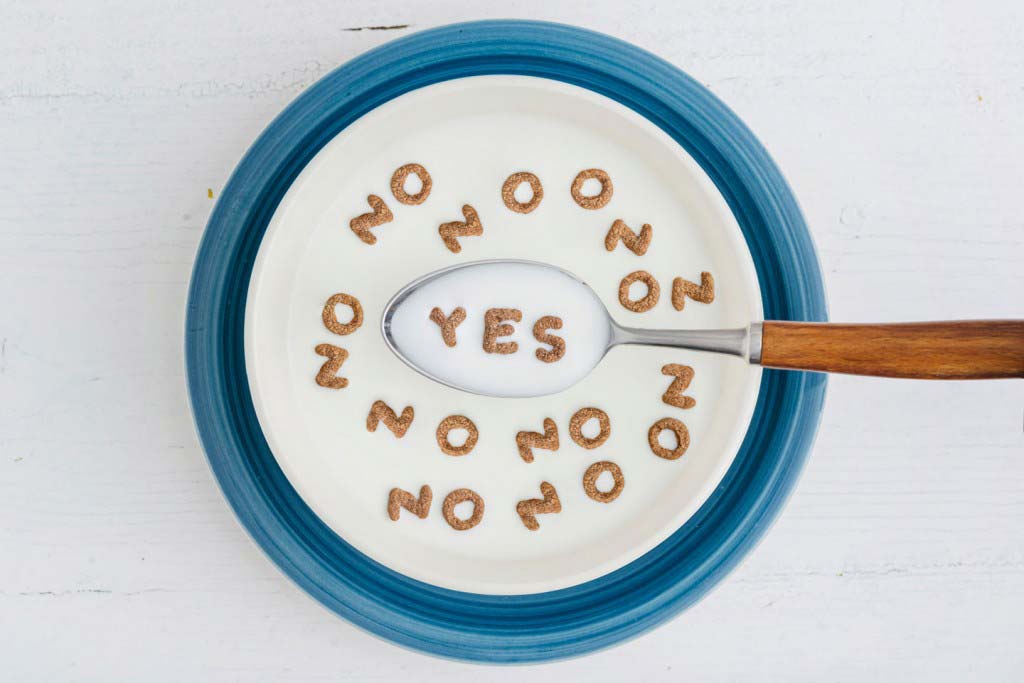Quick question.
You’re in the grocery store cereal aisle, faced with a decision: Pick the household name-brand flakes or the store brand at a modestly lower price.
What’s your move?
For the millennials among us, recent research from Mintel suggests a hearty appetite for store brands, which they generally see as having more value and are more likely to buy.
Said differently: This massive consumer segment of 80 million people in the United States, which spends roughly $600 billion annually, has a propensity for store brands.
Reason for name-brand consumer product manufacturers to panic about their marketing programs?
That’s not our read. For us, the research is a reminder that consumer brand affinity doesn’t always translate to shopper behavior. And where there’s room to influence behavior, there are implications for your content.
Start With Your Audience Definition
First, an elephant in the room we content folks will always call out about research on millennials: The consumer segment definition (born 1981 to 1997) does not hold up as a target audience definition.
Consider: “millennial” applies just as well to the 30-year-old mom of two as it does this year’s college graduates (congratulations!) whose Pins now post from the comforts of their childhood homes. “It’s just not a homogeneous group,” says Jonathan Asher of Perception Research Services, a consumer research firm in Teaneck, NJ. “It’s important to have a sense of the general themes, but also to not paint with too broad a brush.”
The point: Millennial consumers may show broad category preferences, but they aren’t necessarily target audience preferences. “When it comes to shopper marketing, the whole point is to get granular,” says Bill Schober of the Chicago-based Path to Purchase Institute.
Think and Act Visually
Speaking of Pins, wide-ranging sources suggest at all times these digital natives maintain no more than an arm’s-length distance from their devices.
In stores, they may be comparison shopping or searching for reviews. A 2014 Boston Consulting Group study of millennials found 46 percent say they use mobile search functions in stores. Myriad shopper apps now aspire to help brands show up at the so-called zero moment of truth.
Meantime, it’s just as likely our 30-year-old mom of two will be in a hurry. “Most millennials still walk into a store without a list, without many brand preferences and a loose budget-by-basket mentality,” Schober says. “Millennials do use endcaps as navigational tools and are more likely to go down certain aisles to get the best deal.”
Millennials think visually. They converse visually. They use fewer words and more pictures.
Schober’s point and the ever-present digital platforms underscore the importance for brands to get visual content right at all phases of the customer journey. Asher agrees: “Millennials think visually. They converse visually. They use fewer words and more pictures.”
Inspire Loyalists to Cheat
Asher also suggests millennials are more open to trial. “Millennials are more loyal to their values than to a brand,” he says. “They will stay loyal to a brand as long is the brand stays loyal to their values.”
So, back to that box of cereal. Our Pinning college grad may be an outspoken fan: loves the retailer, loves the product. But if “Made in the USA” is a trump value—and a competing cereal supplier can effectively showcase how that’s a differentiator for its brand of treats—that millennial shopper can be won over in the moment, says Asher.
Millennial shoppers are just as finicky as the rest of us. What they say they want and what they buy don’t always line up. It’s about leading with messaging that appeals to the mindset in the moment.
“Understand your customer. Understand your shopper,” Schober says “Understand the differences between your customers and your shoppers, and you’ll be a better shopper marketer.”



